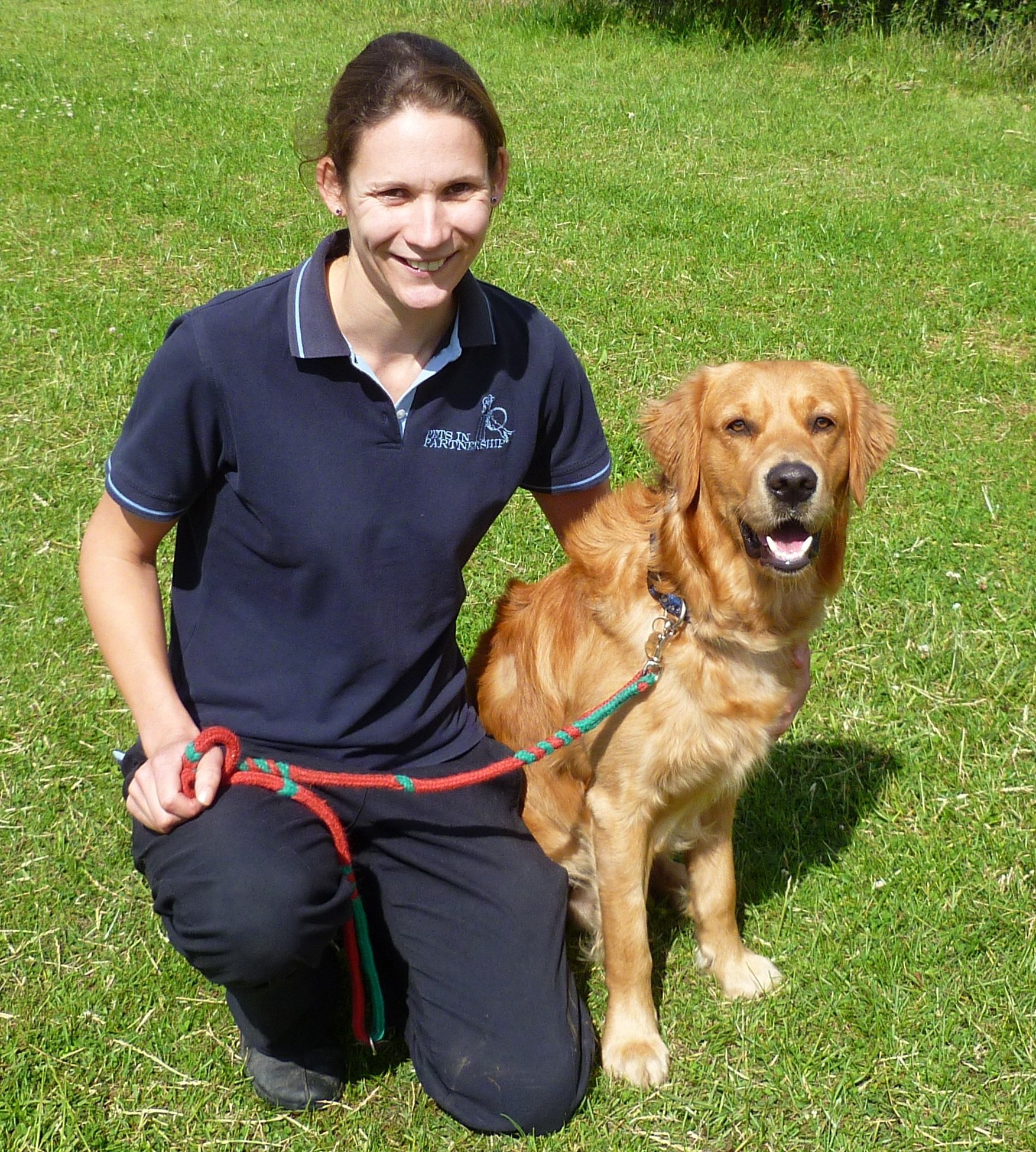How to Master Dog Training and Build a Stronger Bond with Your Pup
Transform Your Canine's Habits With Proven Training Approaches
Changing your canine's behavior calls for a nuanced understanding of their specific qualities and requirements, as well as the application of proven training approaches. Consistency in your training approach not just improves obedience but additionally promotes a deeper bond of trust fund and respect in between you and your pet dog.
Recognizing Canine Behavior
Comprehending dog actions is vital for efficient training and interaction between human beings and their canine buddies. Dogs, as social pets, display a variety of habits affected by genetics, setting, and experiences - Dog training. Acknowledging these actions helps owners customize their training approaches to meet the particular needs of their pets
Trick aspects of pet behavior include body language, articulations, and social communications. A wagging tail frequently suggests excitement, while a reduced head might signify submission or fear. Comprehending these signals can aid owners translate their pet dog's emotion and react suitably. Additionally, socialization plays a crucial duty in forming actions; dogs that connect favorably with various other pets and numerous people are generally more adaptable and well-adjusted.
Moreover, identifying anxiety signals-- such as avoidance, panting, or pacing behaviors-- can stop escalation right into a lot more significant issues. Owners that are in harmony with their pet's habits can develop a risk-free and caring environment, promoting count on and boosting the training process. Eventually, a deep understanding of canine actions lays the foundation for a harmonious connection and reliable training outcomes, making sure both dogs and their owners flourish together.
Positive Support Methods
Positive reinforcement strategies are widely recognized as one of one of the most effective techniques for training pet dogs, fostering a favorable understanding setting. This strategy entails gratifying preferred behaviors with deals with, appreciation, or play, thereby urging the pet dog to duplicate those actions. Unlike revengeful approaches, positive reinforcement builds depend on and strengthens the bond between the instructor and the canine.
Benefits ought to be given right away complying with the preferred actions to help the pet dog make the connection. Uniformity is also vital; using the very same commands and incentives helps the pet dog comprehend what is anticipated.
It is very important to note that favorable support is not concerning bribery; rather, it has to do with reinforcing excellent actions. With time, as the pet finds out to associate certain activities with favorable results, the frequency of benefits can be gradually minimized, transitioning to spoken appreciation or recurring incentives. This technique not just encourages obedience but also promotes a happy and certain pet, making training an extra delightful experience for both parties included.
Resolving Common Issues
Addressing typical concerns throughout pet dog training is crucial for guaranteeing a unified and effective relationship in between the canine and its proprietor. Numerous pet dog proprietors run into behavioral challenges, such as extreme barking, leaping, and chain drawing. Comprehending the origin of these actions is important for efficient training.
Excessive barking may come from boredom, stress and anxiety, or a lack of socializing. To reduce this, offer ample workout, mental excitement, and possibilities for social interaction with both humans and various other canines. Leaping can commonly be an indicator of exhilaration or a desire for attention. Training the pet to rest upon welcoming can reroute this habits favorably.
Chain pulling is an additional widespread problem, regularly arising from a pet's eagerness to check out. Using appropriate leash dealing with strategies, incorporated with training protocols that urge loose-leash strolling, can significantly enhance this actions.
Furthermore, problems like source securing or splitting up anxiousness need customized strategies. Progressive desensitization and counter-conditioning can be efficient in resolving these obstacles. By recognizing and proactively handling these common problems, pet dog proprietors can promote a more enjoyable training experience and reinforce the bond with their canine companions.
Uniformity in Training

To achieve uniformity, it is important that all members of the family follow the very same training techniques. For instance, making use of the very same spoken signs and hand signals makes certain that the pet receives uniform messages. Additionally, the timing of benefits and adjustments ought to be consistent; instant support enhances the likelihood that the dog will connect the actions with the outcome.
Normal practice sessions, coupled with organized schedules for reference feeding, strolling, and playtime, help canines expect and comprehend their atmosphere, making them more responsive to training. Ultimately, consistency cultivates a feeling of safety and trust, equipping pets to discover extra properly.
Structure a Strong Bond
Exactly how can promoting a strong bond between a canine and its proprietor enhance the training experience? A strong relationship improved trust and respect works as the foundation for efficient training. When a dog really feels protected in its connection with its owner, it is most likely to show favorable behaviors and be receptive to finding out. This bond urges the pet to engage completely in training sessions, as it sees the proprietor as a resource of assistance and assistance.
Furthermore, a strong bond assists in far better communication. Dogs are skilled at reading human signs, and a relying on relationship enables more clear signals throughout training. Owners that invest time in building this bond with play, socializing, and favorable support create a setting where pet dogs really feel inspired and excited to discover.
Additionally, a well-established connection can decrease anxiety and behavior issues, as pet dogs are less most likely to act out when they feel recognized and cared for. As a result, prioritizing the advancement of a solid bond not only enhances the training experience but additionally adds to a better and more well-adjusted dog. Eventually, the journey of training changes into a joint collaboration, leading to lasting behavior renovations.
Conclusion

Proprietors that are attuned to their canine's behavior can produce a nurturing and secure atmosphere, promoting count on and enhancing the training procedure. Ultimately, a deep understanding of canine habits lays the foundation for an unified connection and efficient training end results, ensuring both dogs and their owners prosper with each other.
Addressing common concerns during pet dog training is crucial for guaranteeing a unified and effective relationship between the pet and its proprietor.Uniformity is a cornerstone of effective dog training, as it develops a clear structure for the canine to understand assumptions and actions.In verdict, changing a pet's actions with proven More about the author training methods needs an understanding of canine actions, the application of favorable reinforcement strategies, and a focus on consistency.